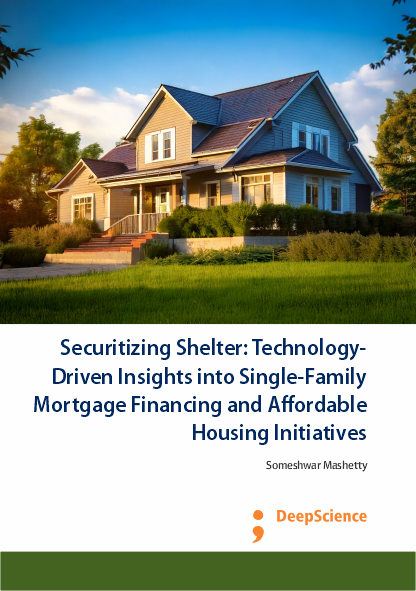Cross-Sector collaborations for expanding equitable access to long-term housing stability
Synopsis
Both the coronavirus pandemic and demands for racial justice have drawn attention to longstanding inequities in many areas of U.S. life, including significant racial and ethnic inequities in long-term housing stability. The goal of long-term housing stability is particularly challenging to achieve, given the high cost of housing in the U.S. Across the 25-year lifespan of the Fair Market Standard for housing assistance, a full quarter of U.S. rental markets did not offer a single unit priced low enough to receive rental assistance, regardless of a family’s racial and ethnic background. Many factors contribute to unequal access to long-term housing stability. When people have difficulty maintaining stable housing, however, the rest of their lives can become increasingly unstable. Persistent housing challenges can be particularly damaging to children’s physical and mental development (Challa et al., 2024; Kannan, 2025; Sriram, 2023).
Despite the many barriers to housing stability, a variety of nonprofit and philanthropic organizations work to expand and improve housing assistance, and they also work to increase the number of affordable units so that there is more room for families with the lowest incomes. Accurate estimates of unmet need help guide housing assistance allocations so that fewer people experience long-term housing instability. In a new analysis that examines both the benefits available through federal programs and housing costs in U.S. counties, we estimate how much funding would provide housing assistance to help eliminate unmet need while keeping families’ affordable housing costs below 30 percent of their incomes. No jurisdiction’s entire housing system can reserve all of its rental stock or all of its for-sale units for these lowest-income families; however, ideal housing markets would offer a mix of housing options that are affordable to residents with different income levels.
6.1.1. Overview of the Study
Introduction: Several factors determine the housing outcomes for people with extremely low incomes. This study examines strategies that could expand access to long-term housing for people with the least income. It considers how improving job and wage quality, paths to promotion, and organizational culture within U.S. firms would likely raise the earnings, economic stability, and housing security of workers with low incomes. It also examines remotely delivered financial coaching and the role of deregulation in serving these populations. Job quality, stability, and opportunities for career advancement are key factors in preventing homelessness. The lack of affordable housing is such an extreme crisis that its enormity can water down our understanding of its causes and the solutions needed to end it. In addition to a shortage of units, the mismatch between income levels and rent prices means that some people will never earn enough for shelter. This gulf is growing between income levels for low-income workers and their housing needs. Data shows that about 35 percent of renter households lived in units for which their incomes were insufficient to pay rent and utilities. This percentage of rental burden represents an approximately 10 percent increase throughout the previous 20 years. To close this gap, examine methods that exist to decrease low-income worker disenfranchisement by positively impacting job and wage quality, career promotion, and housing support.
6.2. Understanding Housing StabilityAppendix A: Defining Long-Term Housing Instability
Shelter is the most basic human need, and affordable housing is required for other social goals such as access to employment, good schools, and adequate healthcare. Accounting for spending on housing, utilities, and related home and contents insurance, housing typically comprises the largest expenditure of households. Safe, sustainable, and affordable housing becomes more important in light of two global trends: urban sprawl and urbanization. The need for long-term housing stability pertains in high-income, middle-income, and low-income countries, albeit with some differences that are discussed further in our review. In high-income countries, not only do governments increasingly rely on the private sector and the third sector to provide affordable housing options, but housing is becoming cross-subsidized through the creation of mixed-income neighborhoods as the primary vehicle for achieving social and economic goals simultaneously.













